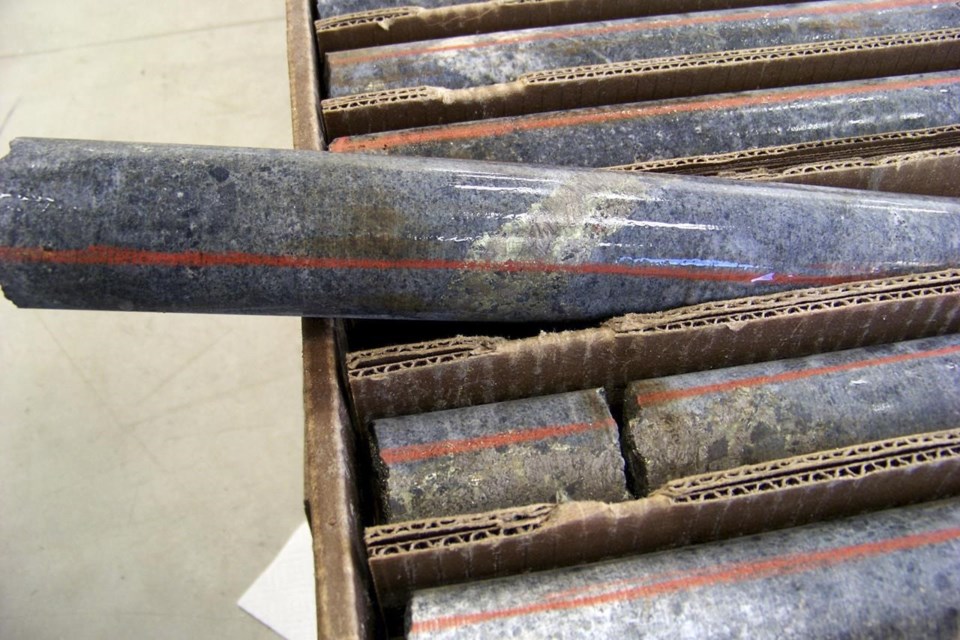ST. PAUL, Minn. (AP) — Minnesota regulators have concluded that state rules governing where copper-nickel mines can be built are insufficient to protect the pristine Boundary Waters Canoe Area Wilderness from noise and light pollution, creating another potential obstacle to the proposed Twin Metals mine in northeastern Minnesota.
But the Department of Natural Resources to declare a watershed that flows into the Boundary Waters off-limits to copper-nickel mining altogether, which had been a goal of the environmental group that challenged the regulations,
“We concluded that Minnesota’s nonferrous mine siting rule is largely protective of the Boundary Waters … but should be reopened to better address the potential for mining-related noise and light impacts,” DNR commissioner Sarah Strommen said in a statement.
Twin Metals, a proposed underground mine near Ely, outside the wilderness, was already in trouble. It suffered a major blow last year when that were a Then the administration upstream from the Boundary Waters in the Ely area for 20 years.
Mining is already banned within the Boundary Waters, a million-acre wilderness of lakes and rivers that attracts visitors from around the world to its 1,200 miles of canoe routes. It's also prohibited in a narrow buffer zone surrounding the wilderness.
To address the potential noise and light impacts of mining, the DNR will write new rules to expand the existing buffer to provide a greater setback from the Boundary Waters. DNR Deputy Commissioner Barb Naramore said the rulemaking would take around 18 to 24 months. The process would help determine how large the buffer zone needs to be and whether it would include the Twin Metals site.
Wednesday's decision stems from a by Northeastern Minnesotans for Wilderness, which argued that governing where nonferrous (non-iron) mines can be located was insufficient to protect the Boundary Waters because it would allow mines to discharge pollution upstream from the wilderness.
But the DNR said in its decision, filed in Ramsey County District Court, that Minnesota already applies the most protective water quality standards available, and that no mine would be issued a permit if it would have a measurable impact on the waters of the wilderness area.
Ingrid Lyons, executive director of the Campaign to Save the Boundary Waters, said her group is encouraged that the DNR recognized that its existing rules are inadequate but feels the DNR is out of step with scientific research on the risks to water quality.
Twin Metals, owned by the Chilean mining giant Antofagasta, said it’s reviewing the order but added that the state’s rules “establish some of the most rigorous standards in the world."
Both sides have 30 days to challenge the DNR’s decision.
The Associated Press




